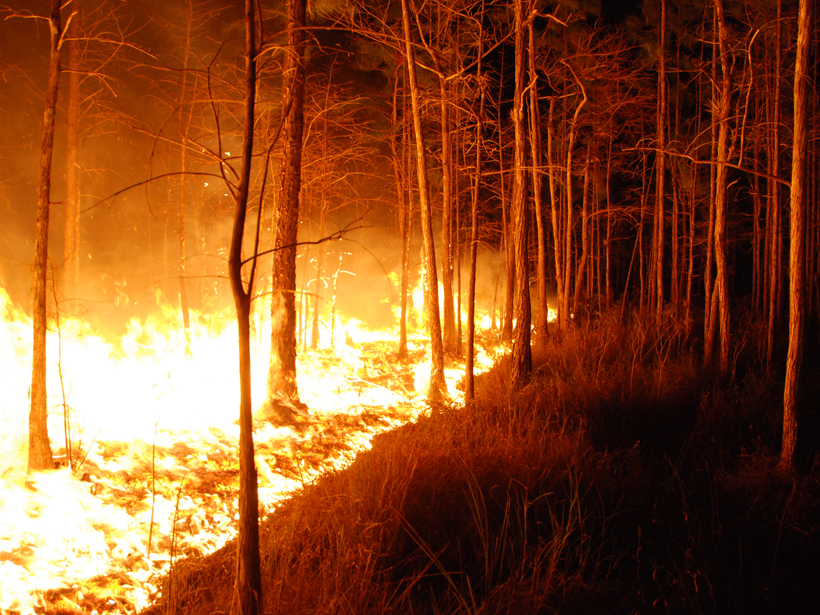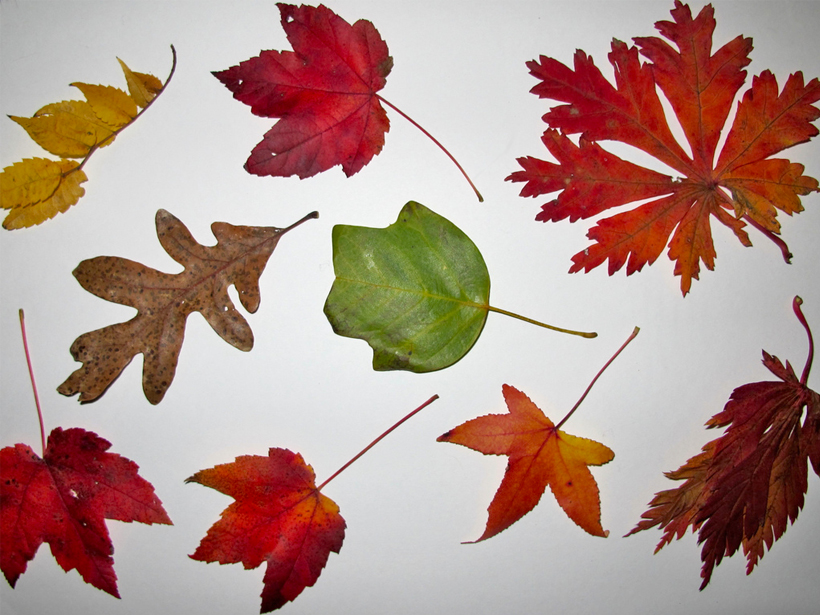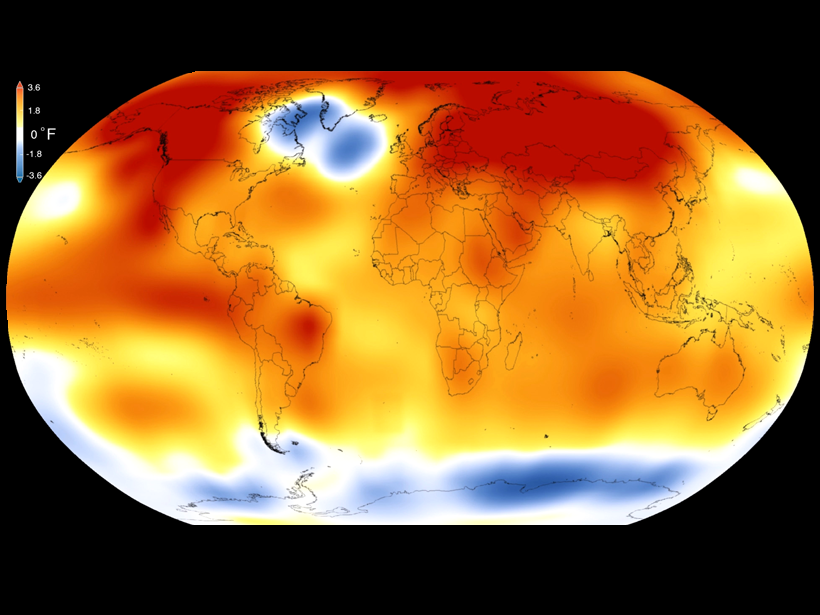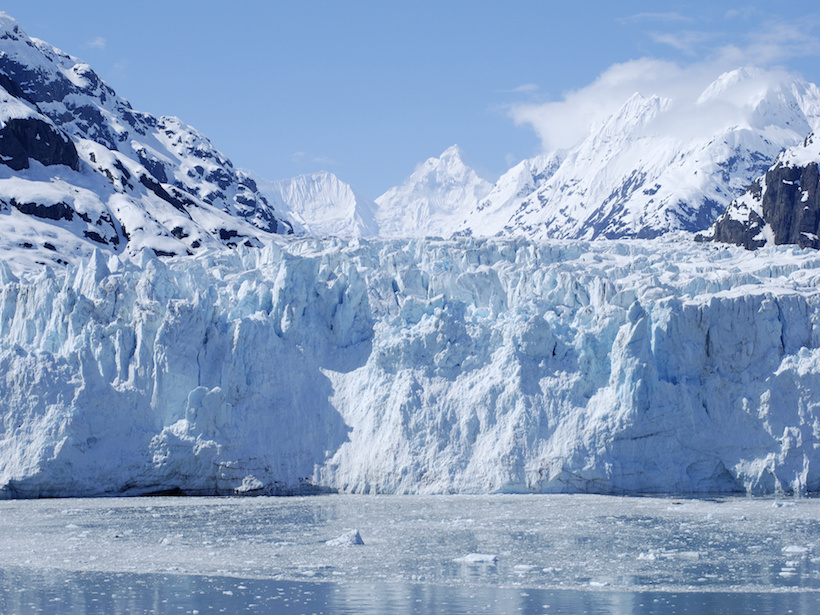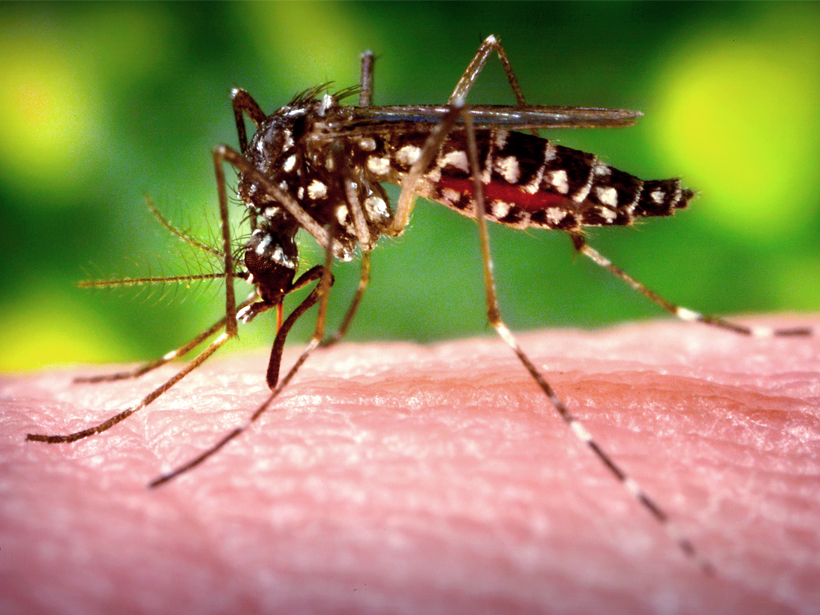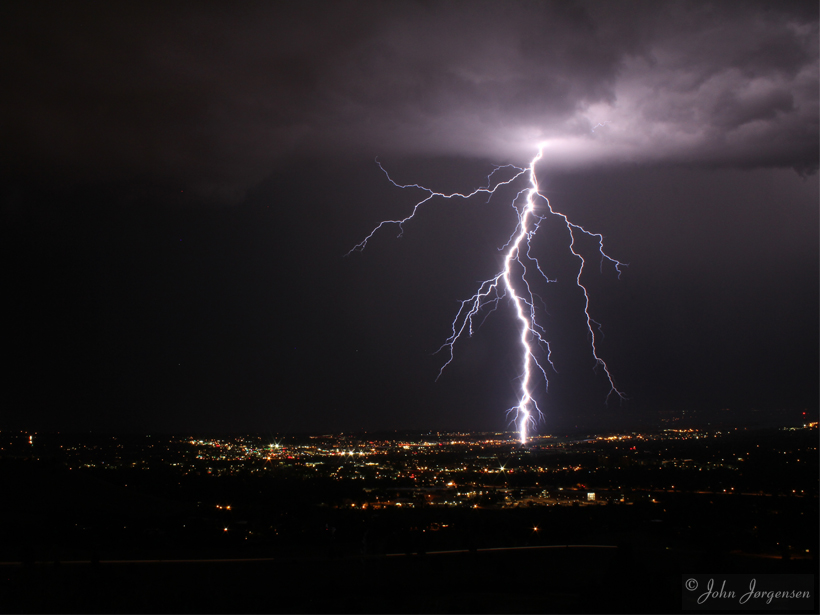Scientists plan projects this year to help a rugged, troubled region of central Asia retune traditional timekeeping methods based on environmental cues in the face of climate change.
Climate Change
Paleofires and Models Illuminate Future Fire Scenarios
Advances in Interdisciplinary Paleofire Research: Data and Model Comparisons for the Past Millennium; Harvard Forest, Petersham, Massachusetts, 27 September to 2 October 2015
Icy Clouds May Counter Climate Warming Less Than Expected
A new analysis of cloud composition and behavior suggests that scientists have overestimated the ability of a type of mixed-phase ice-and-water cloud to mitigate climate change effects.
Expanding Use of Plant Trait Observations in Earth System Models
Workshop on Trait Methods for Representing Ecosystem Change; Rockville, Maryland, 18–19 November 2015
Researchers Attribute Human Influence on Climate Back to 1930s
A new study finds that humans likely have triggered the last 16 record-breaking hot years on Earth, up to 2014.
Salinity Monitoring Gives Insight into the Global Water Cycle
Salinity and Water Cycle over the Oceans: Recent Progress and Future Challenges; Hamburg, Germany, 12–15 October 2015
Insights on Climate Systems from Interglacials
Interglacials provide insights into the impacts of warmer than present conditions in certain regions of Earth.
Seven Ways Climate Change Threatens U.S. Population's Health
A report by the U.S. Global Change Research Program finds health risks from global warming tied to heat, air quality, vector-borne diseases, water issues, extreme weather, nutrition, and mental stress.
Considering Atmospheric Electricity in Climate Models
Researchers create a new model of the electric currents circulating throughout the atmosphere that will improve the accuracy of global climate models.
How Do Climate Variations Affect the Width of the Tropics?
The Width of the Tropics: Climate Variations and Their Impacts; Santa Fe, New Mexico, 27–31 July 2015


